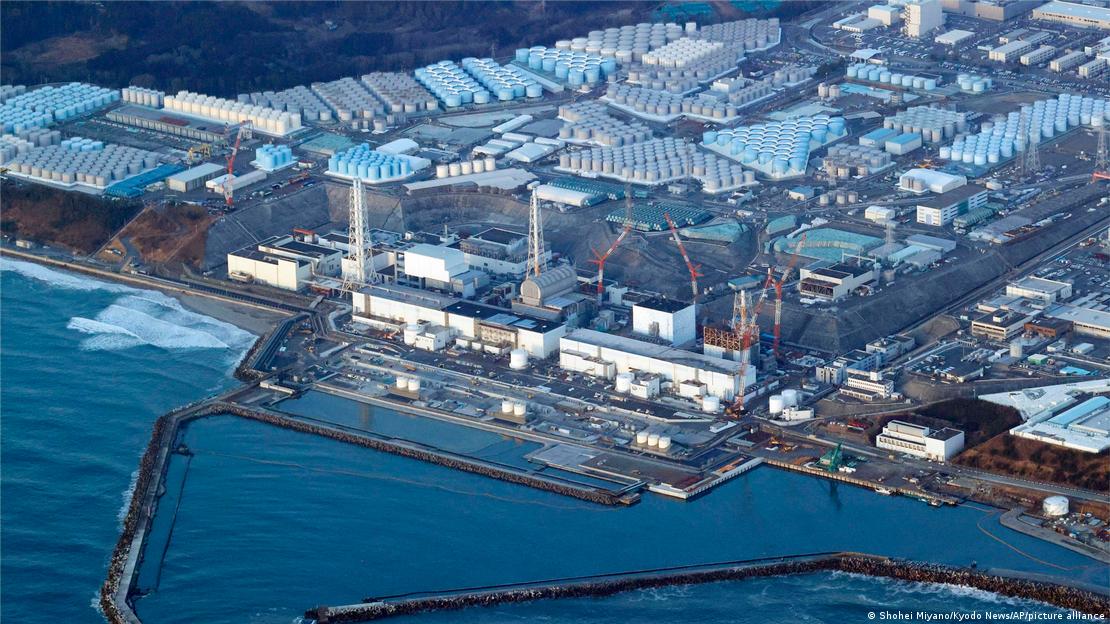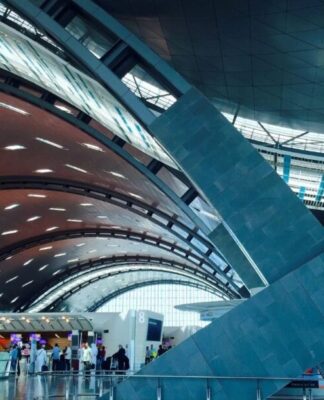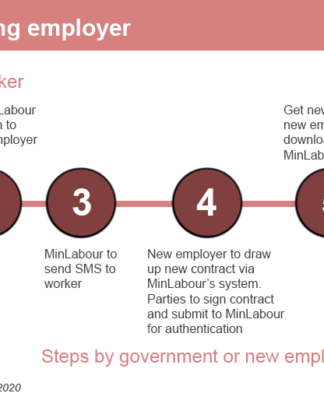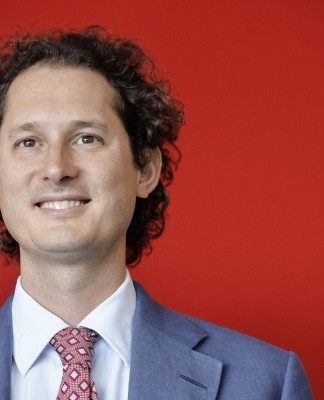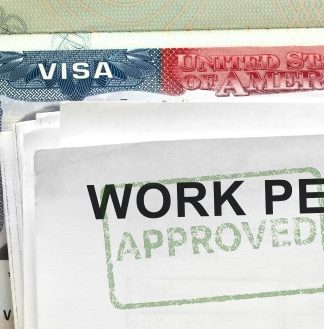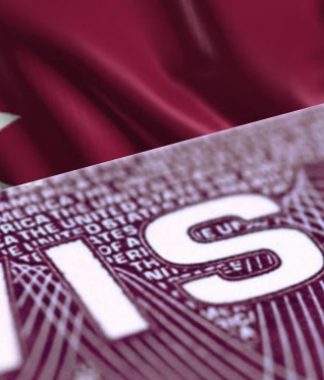CATASTROPHEJAPAN
Fukushima’s first responders recall the disaster 12 years on
Julian Ryall in Tokyo
14 hours ago14 hours ago
The so-called “Fukushima 50” were the emergency workers sent to the nuclear disaster site. A fire chief and nuclear engineer have spoken to DW about their roles in the emergency cleanup operations.
https://p.dw.com/p/4OUnB
The March 2011 disaster at the Fukushima Daiichi nuclear power plant — caused by a magnitude 9.0 earthquake and subsequent tsunami — forced thousands to flee the leaking radiation. But a handful of people ran in the opposite direction.
A skeleton staff of the plant volunteered to remain on site as the crisis worsened. Reactor temperatures were spiking uncontrollably, and a series of hydrogen explosions ripped the reactor buildings apart. At the same time, dozens more specialist engineers and emergency workers were rushed to the site.
It was the second-worst nuclear accident in world history.
The media quickly dubbed this small group the “Fukushima 50,” even though as many as 580 emergency personnel rotated through the site in the first chaotic days of the disaster. But the name stuck, and even became the title of a 2020 movie about the emergency.
Sunday marks the 12th anniversary of the disaster. Two of the first responders agreed to speak to DW, giving a rare insight into what happened over those difficult days.
The fire chief’s tale
Osamu Kinoshita, head of the special disasters response team of the Tokyo Fire Department, was at its headquarters in the Otemachi district when the earthquake struck shortly before 3 p.m. on March 11. He saw the first images of the destruction as they were broadcast on television.
Osamu Kinoshita, head of the special disasters response team of the Tokyo Fire DepartmentOsamu Kinoshita, head of the special disasters response team of the Tokyo Fire Department
Osamu Kinoshita does not consider himself a heroImage: Julian Ryall
Kinoshita and his team were initially sent to respond to fires and collapsed buildings in Tokyo. Fears for his own son ran through his mind as he worked. Kazuya Kinoshita was a university student at the time in the town of Rikuzentakata, one of the worst affected in the disaster zone, but communication lines were down.
“When I saw the waves destroying the city, I assumed there was no way he would have been able to survive,” Kinoshita told DW. By chance, his son had been taking a driving lesson further inland at the time of the quake, and was not swept up in the tsunami. But it took three days for that information to reach his parents.
By that time, Kinoshita was preparing to head to the Fukushima plant.
“On the night of March 17, the prime minister [Naoto Kan] made a formal request to the governor of Tokyo for assistance, and the order was issued to the fire brigade,” he said. “The request was specifically for crews to go to the reactors and make sure that sufficient water was getting into the pools holding the spent nuclear fuel.”
“Everyone was given the choice of whether to go or not, but all 300 people in the team said they would go,” he said.
The 32-vehicle convoy left Tokyo at around 2 a.m. and drove for seven hours, negotiating damaged bridges and roads blocked by landslides.
This aerial photo shows the Fukushima Daiichi nuclear power plant in Okuma town, Fukushima prefecture, north of TokyoThis aerial photo shows the Fukushima Daiichi nuclear power plant in Okuma town, Fukushima prefecture, north of Tokyo
The Fukushima Daiichi nuclear power plant in Okuma town, Fukushima prefecture, north of TokyoImage: Shohei Miyano/Kyodo News/AP/picture alliance
Once at the site, the fire crews ran hoses 800 meters (2,625 feet) out to the ocean and started spraying seawater onto the reactors to keep them cool. Ladders from firefighting trucks were hoisted over the damaged reactor buildings, and in the first 20-minute operation, some 60 tons of water were sprayed on the reactor shrouds. Over the following eight days, a further 4,000 tons of water were pumped onto the structures.
The firefighter standing at the top of the ladder had to be replaced every five minutes, as radiation levels were dangerously high and the entire complex was being hit by aftershocks.
“We realized the risks were pretty severe, but we were all there to get this job done,” he said. “I remember when we were first setting up the equipment and we were directly between the second and third reactors, and I wondered to myself which way I should run if there was another big aftershock. Those concerns were always in the back of our minds.”
Kinoshita and his team were replaced by fresh fire crews, and all underwent full medical checks as soon as they returned to Tokyo. None of the team has ever had a medical issue because of being at Fukushima, he said.
“For us, what we did was not heroic; it was work and we put our very best efforts into the situation and we were able to make a difference. I was grateful that we were able to manage the radiation exposure and I’m even more grateful that none of my team has reported any ill-effects.”
The engineer’s experience
Kiyoshi Okamura was based at the Sendai office of civil engineering firm Hazama Ando Corporations, and had spent a great deal of time at the Fukushima plant in the year before the disaster. He was the obvious choice to join the post-disaster crews.
“Immediately after the earthquake, there was a power blackout and we had no information at all about what was happening, so I did not find out about the scale of the problem until the next day,” he said. “Even then, I assumed that the safeguards that were in place at the plant would ensure its security. It was only later that we realized the seriousness of the situation.”
8 images
8 images
Two days after the earthquake, he got a call from a colleague saying he was urgently needed.
“It had to be me,” he said. “There was really no choice about going or not going. But I was fortunate, as I was based away from my family at that time and the phones were still out, so I just didn’t tell them that I was going.”
“I never told them afterwards either,” he added. “Even today, they do not know that I was there. My wife is very trusting.”
Okamura got to the plant on March 15 and was tasked with identifying the areas of the plant that need to be cleared of debris as a matter of urgency.
“The radiation levels were very high in many places, and we had to be conscious of that at all times,” he said. “We had to carefully monitor how long anyone could work in exposed areas, and the absolute maximum was one hour. We all carried Geiger counters and dose meters, and when they told us we had reached our limits, we had to leave.”
Do we need nuclear energy to stop climate change?
07:45
Okamura spent time in the central control room at the plant, a building that was shielded in case of an accident. He worked alongside power company officials, receiving the latest reports on the condition of the reactors and relaying that information to the government in Tokyo.
“We were right next to them and could hear everything that was happening,” he said. “It was clear that the situation was very serious but, oddly, I do not think I felt fear. We were too busy concentrating on what we had to do, and just trying our hardest to get the situation under control again.”
Due to the high radiation levels, Okamura and the first Hazama team to reach the plant were ordered to leave after three days. He has since advised on the ongoing recovery work at the site.
“There have been no effects on my health, thankfully, and the company provides us with annual check-ups,” he said. “And I have not heard of any colleagues who have had problems, either. More than 10 years have passed now, so I do not think I have much to worry about.”
Would he go again if a similar crisis occurred? “Of course,” the 68-year-old replied.
Edited by: Alex Berry














